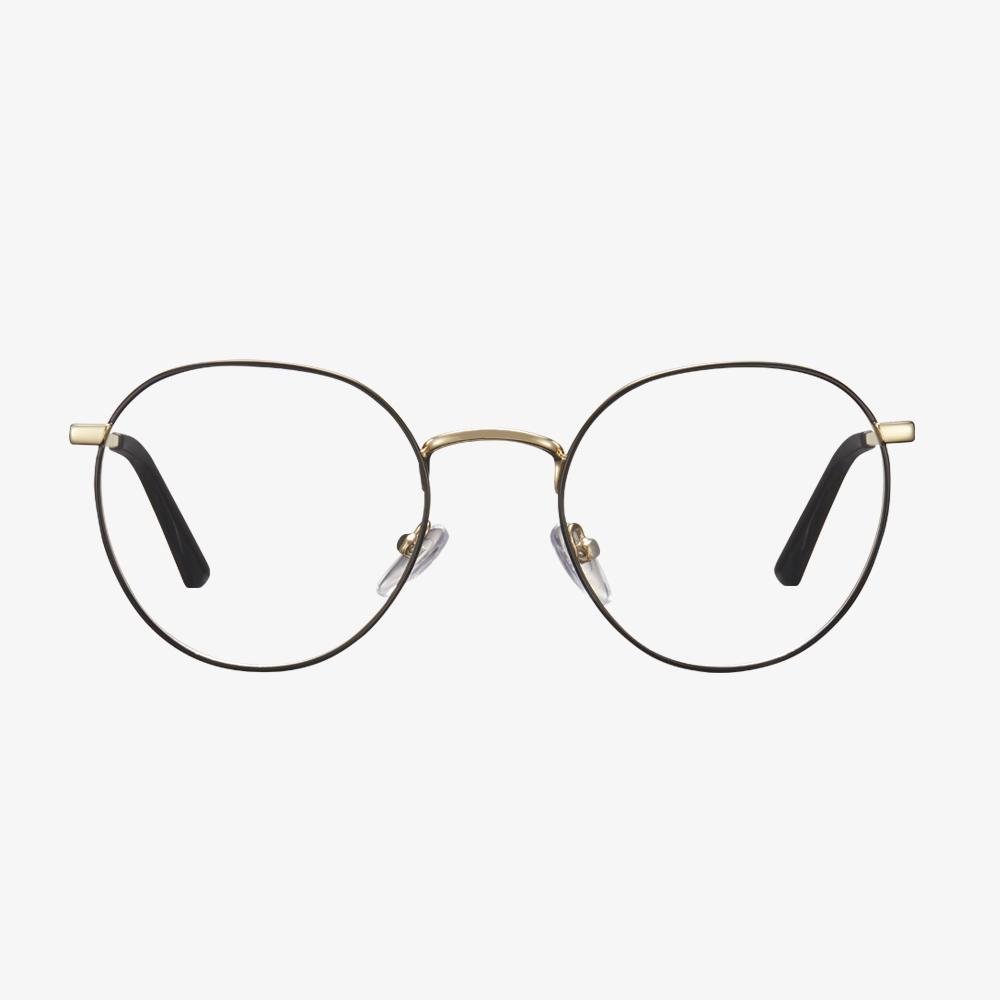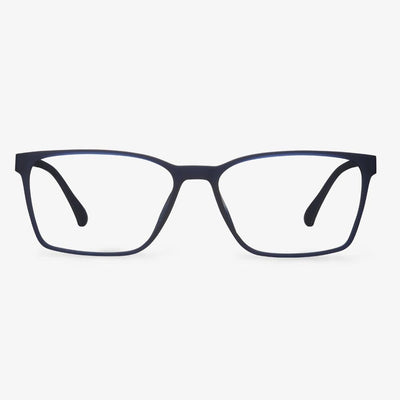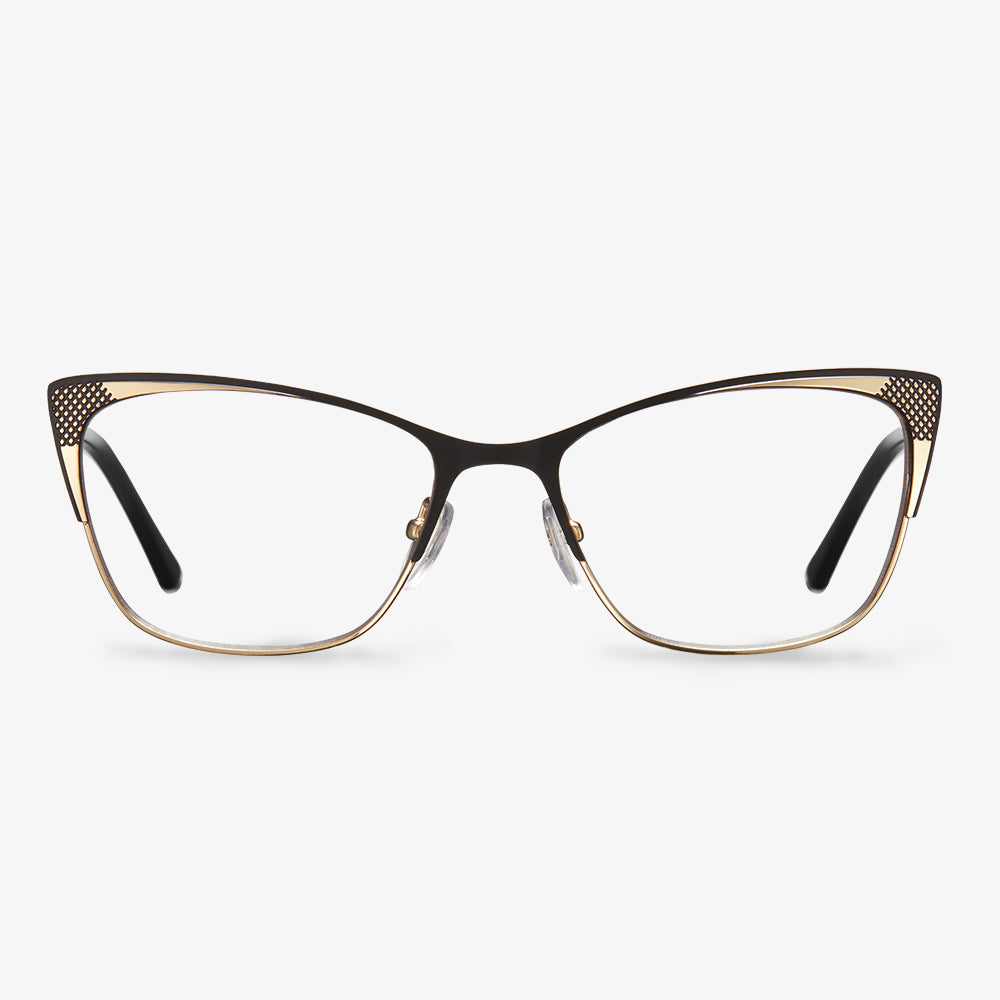What Are the Disadvantages of High-Index Lenses?
This section will show high index lenses disadvantages.
- High index lenses are made from a chemical synthetic blend that’s created through a special manufacturing process. So, high index lenses are expensive than regular lenses. In fact, the price may be more than double that of the traditional counterparts.
- High index lenses can be more brittle than their traditional counterparts and may also be more prone to scrapes and scratches. This can impact their overall durability.
- High index lenses are more reflective than regular lenses, which can make them less effective for brightly lit work environments, outdoor use and nighttime driving on busy highways.
- High index lenses have greater potential for distortion, particularly in your peripheral vision because the high index lenses have a higher Abbe value than prescriptions made from standard plastic or glass.
Advantages of Photophobia Glasses
Although the best way to deal with light sensitivity is to address the underlying causes, several studies have indicated that light sensitivity glasses may be helpful in alleviating and reducing discomfort when it comes to light sensitivity. After wearing the photophobia glasses, many symptoms such as headaches or eye pains, etc will be relieved.
Compared with single vision glasses, bifocals are multi-focal glasses.
Compared with single vision glasses, bifocal glasses, trifocal glasses belong to multi-focus glasses, and the types of trifocal glasses are diverse. When choosing the optical properties of a trifocal lens, it can be thought that the lens is made up of three different lenses: the main lens, the distal optic regions, two appendages. One for the distance and one for the proximal area.
Bifocal Lens
Bifocal lenses have two observation areas separated by visible lines, a larger observation distance area, and a smaller reading area. It may take some time for people who are wearing bifocal glasses for the first time to get used to the lenses. This is mainly due to learning how to move the eyes between the observation distance area and the reading area. Some people will also find that there will be an 'image jump' phenomenon at the visible line between the distance and the reading area, especially for those with limited mobility, who must look down when walking. The best way to get used to bifocals is to wear them as much as possible.
Many optometrists have problems adjusting their frames almost daily. In the eyes of the customer, it is simple to use tools, but in reality, the technology involved is pretty important. It is no exaggeration to say that a good pair of glasses and optometry, collocation is equally important. If the customer's optometry parameters are normal, and glasses collocation is accurate, but wearing is not comfortable. So the collocation of glasses is very key, and many problems can be solved by the collocation of glasses.
Step-by-Step Glasses Size Guide
In this section, we will show you how to perform glasses measurements. But the first thing is to know what face shape you have. If you do not know, click here to have a check.
Then you need to know where to find the size measurement of your glasses. In general, you will find numbers that look like this 51-17-145 at the temples of your eyeglasses. Of course, these numbers come at different meanings.
The first number often refers to the lens width. Lens width is the horizontal diameter of the lens at its widest point. In optometry, another term is eye size.
The second number often means the bridge width. Bridge width is the part that joins the two lenses and sits over the nose. Some refer to this as the gap. The bridge width varies between 14 and 24 millimeters.
The third number often means the temple length. The temple is the arm that keeps the sunglasses on your face. That arm extends to the part that hangs on the ears. The length is usually 135, 140, or 145 millimeters.
Lens height measures the size of the lens vertically, that is from the top to the bottom of the lens. Although sizes may differ depending on the brand, the standard size is somewhere between 32 and 38 millimeters.
What Should You Do If Your Glasses Are Broken?
Adjust the frame by yourself. If your frame is tilted, place your glasses on a flat surface to determine which arm is higher than the other. If the right arm looks raised, you'll need to use pliers to bend the left arm down at the hinge. Or, if the left arm is raised, bend the right arm at the hinge. You can bend your metal-framed arms inward. You can turn the nose pad inward if the glasses slip under your nose. To make the frames more flexible, you can heat them with a hairdryer. If the metal frame has broken into pieces, you may need to take it to a professional. However, if your metal frames just bend, you may be able to repair them by yourself.











































